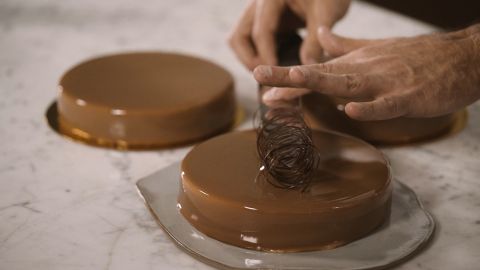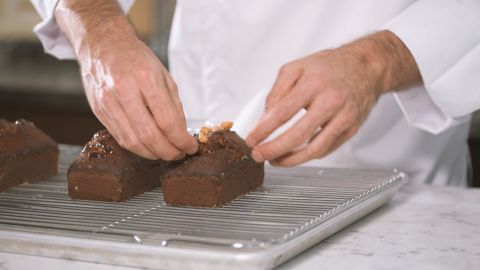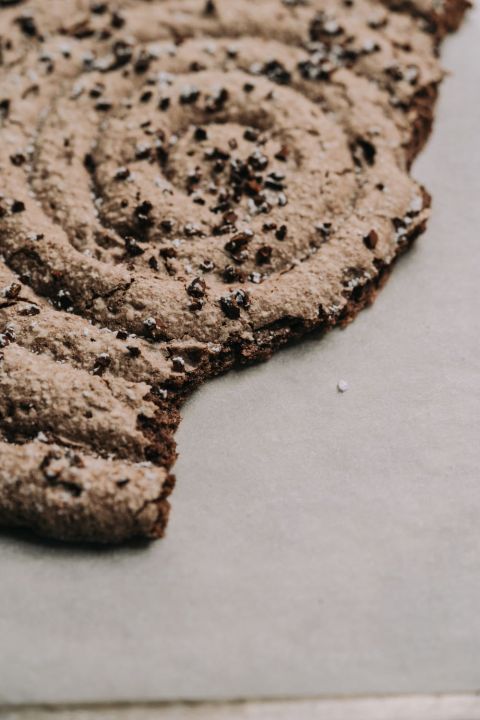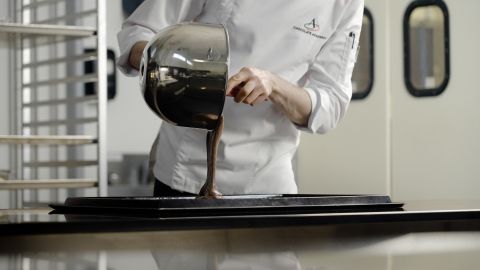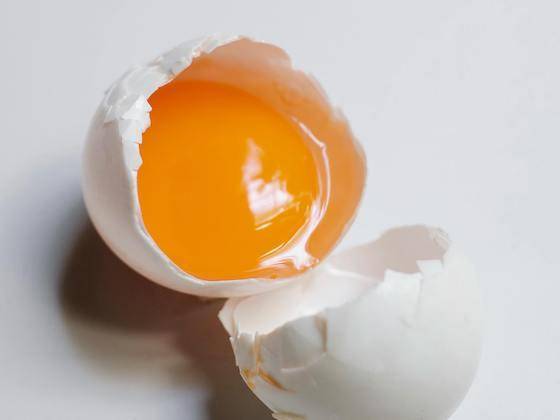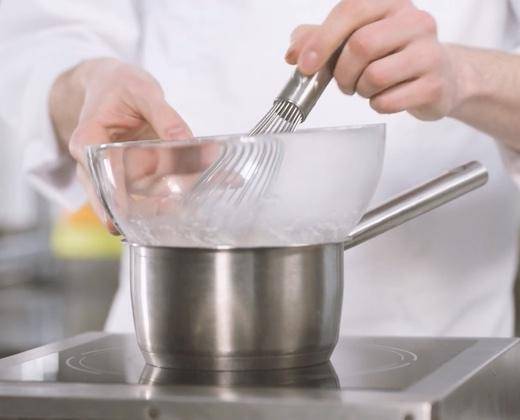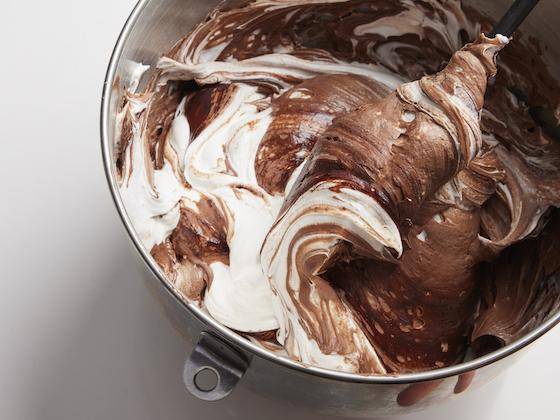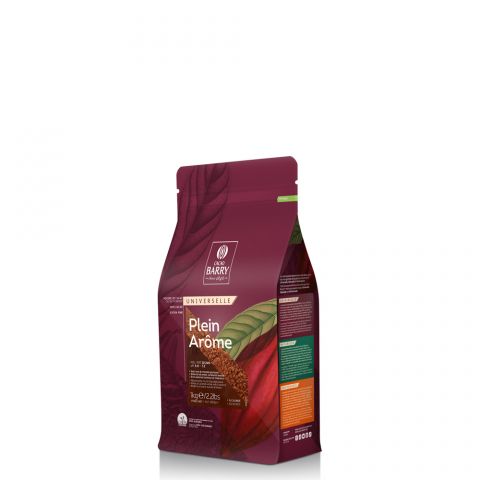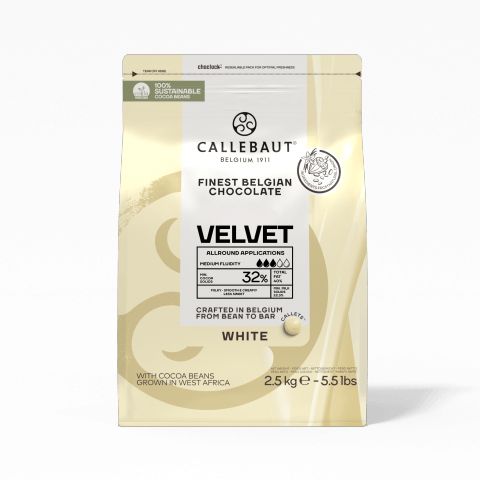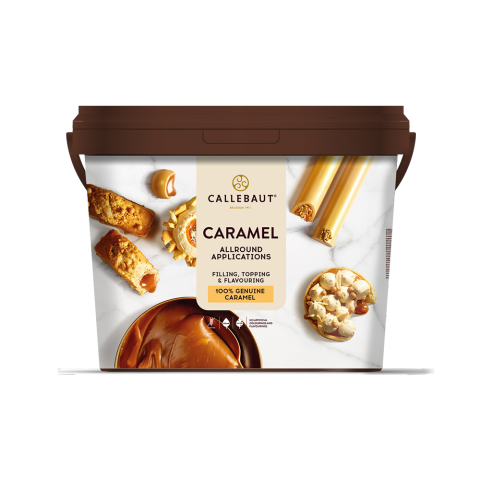Egg Whites in Action: Tips for Cakes and Sponges
Egg Whites in Action: Tips for Cakes and Sponges
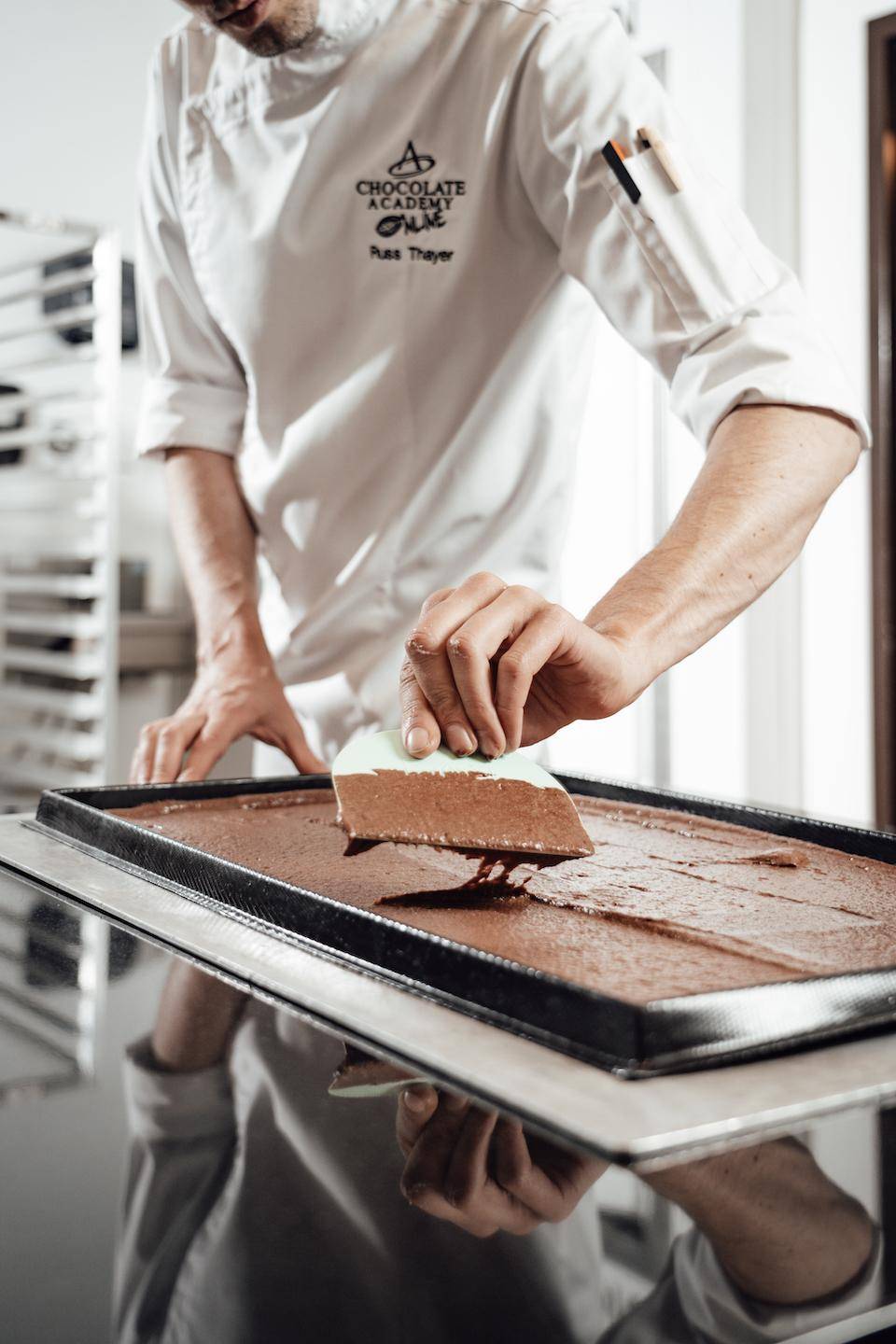
Best Practices When Whipping Whites for Sponges:
- Room-temperature whites are easier to whip than cold ones.
- Clean your bowl and utensils thoroughly to ensure there are no traces of soap, fat, or other ingredients.
- Play Goldilocks to avoid deflating your foam:
Do not over-whip
Do not under-whip
Get it just right!
- Avoid separation anxiety: use the whipped whites right away, or you may find they have started to separate.
- To avoid food-borne illnesses, never use cracked or broken eggs.
- Fresh eggs will work better than cartoned ones for sponges.
- Consider adding an acid for a stronger, smoother meringue.
- Using superfine sugar ensures all of the sugar will dissolve quickly and completely.
- Don't be afraid - no wishy-washy whipping!
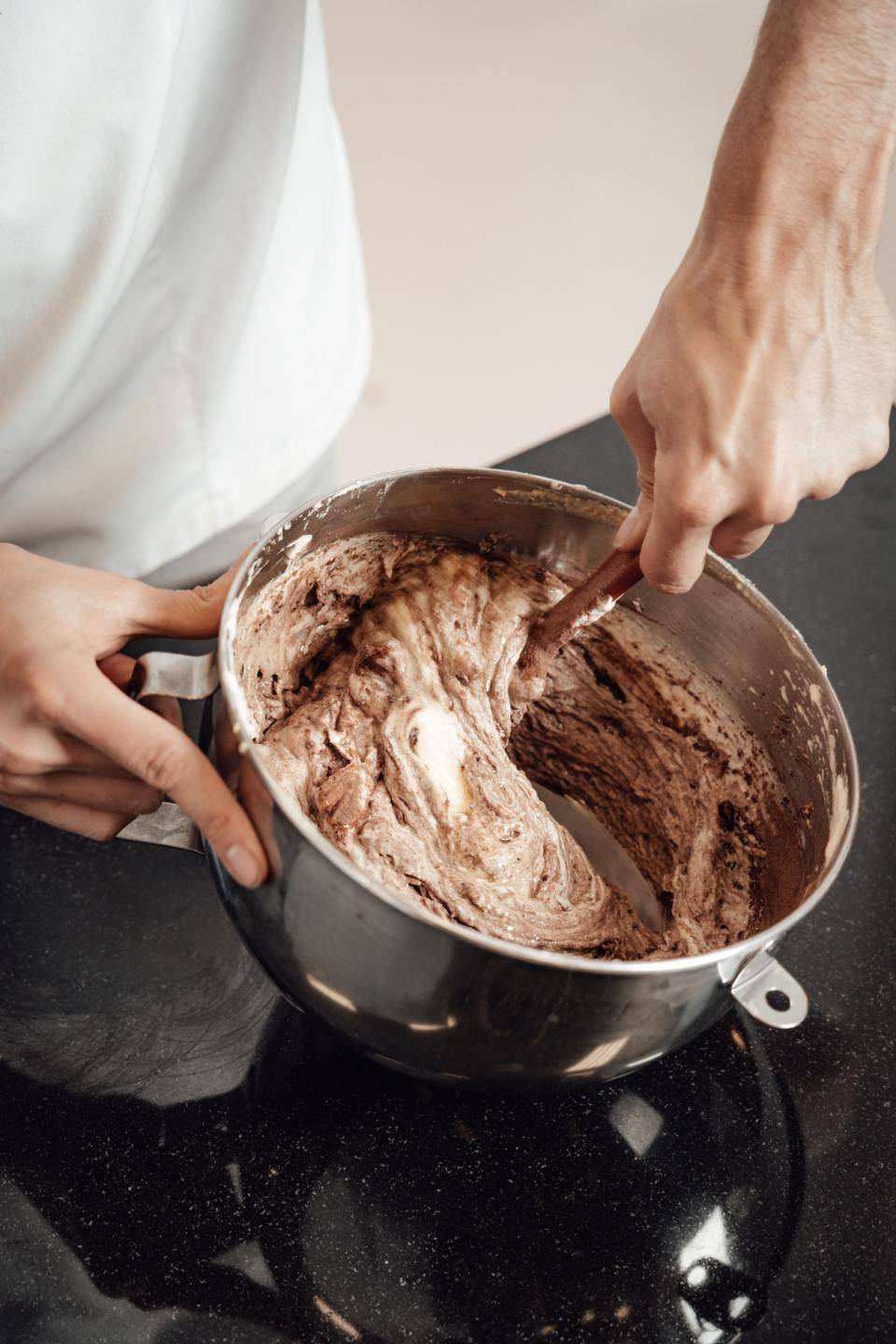
Some Handy Tips for the Best Possible Sponge
- Over-whipped egg whites are difficult to fold into a batter and will result in deflation of your foam.
- Remember that folding is a gentle action. For maximum volume, proceed with caution.
- Add superfine sugar slowly, after the egg white foam has begun to form. This will prevent the egg white proteins from bonding too early in the whipping process and result in an airier, more stable foam.
- Acid for the win!
- Our chefs prefer cream of tartar, as it is consistent and shelf-stable. The acid denatures the egg white proteins just enough to produce a smooth, moist, stable foam.
- Add the cream of tartar to the egg whites before you begin whipping.
- Don't use too much, or the flavor will be noticeable. A good amount is 4-5g per 250g of egg whites.

